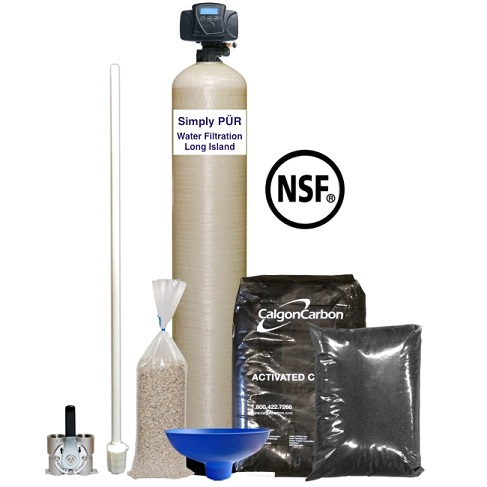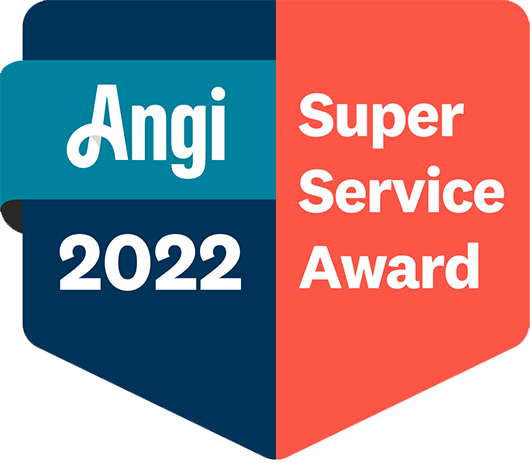In a significant move towards safeguarding the nation’s drinking water, the Environmental Protection Agency (EPA) recently finalized strict limits on certain PFAS/PFOAs. These “forever chemicals,” as they’re commonly known, pose serious health risks and have long been a concern for public health officials. Coming from industrial manufacturing pollution and occurring in everyday items such as nonstick pans, firefighting foam, umbrellas, and more, PFAS/PFOAs have been linked to cancer and other deadly diseases. With these new regulations in place, utilities will be required to reduce PFAS levels to the lowest measurable levels, benefiting an estimated 100 million Americans and preventing thousands of illnesses, including cancers.
However, water utilities face significant challenges in complying with these new regulations. Installing treatment systems to reduce PFAS levels comes with substantial costs and logistical complexities, raising concerns about the financial burden on both utilities and consumers. Despite these challenges, ensuring the safety of our water supply is non-negotiable.
PFAS Crisis in Long Island
Transitioning to the local context, Long Island residents are facing a growing concern over the presence of PFAS in their water supply. Shockingly, over a million people on Long Island are currently consuming water with PFAS levels exceeding the EPA’s recommended health advisory standards.
- More than 600,000 are exposed to water with PFAS levels above the EPA’s recommended health advisory standards, raising concerns about cancers and fertility problems.
- Long Island has excessive amounts of PFOA and PFOS in its drinking water, impacting around 570,000 people. These alarming levels surpass state health regulations.
How to Ensure Safe Water in Your Home
So, what can you do about PFAS?
First things first, stay informed about PFAS and understand if it’s currently found in your water. Simply PURE Water Filtration, Inc. is here to help, offering both free and paid water quality analyses to give you the best information about different contaminants lurking in Long Island water.
And when it comes to actually removing those contaminants, we have cutting-edge reverse osmosis technology. Reverse osmosis removes PFAS from water by using a semipermeable membrane with extremely small pores that trap PFAS molecules while allowing water molecules to pass through.
These systems are designed to effectively filter out PFAS and other nasty contaminants, ensuring that your water not only meets but exceeds safety standards. With Simply PURE Water Filtration, Inc., you can trust that your family is drinking clean, safe water right from your tap.
By taking these simple steps, you’ll not only improve your drinking water, but you’ll also make it more convenient, without needing to buy expensive bottled water on an ongoing basis! Follow us for more news on Long Island Water quality and don’t forget to request a water quality analysis today.
About Simply PURE Water Filtration Services
Living in and serving the Long Island community, we strive to make sure everyone has access to clean, healthy water. We have the experience, knowledge, and industry-leading technology to provide clean water solutions for water impurities, contaminants, hard water, bad tasting/odors, well water, acidity & pH regulations.
Proud members of the WQA (Water Quality Association), and the EWQA (Eastern Water Quality Association), we adhere to strict guidelines and the WQA code of ethics. As a Pentair True Blue Partner and Authorized Distributor of Pentair Products, there’s nothing comparable to the performance, and efficiency of our whole house purification systems, water softeners, neutralizers, whole-house filters, and alkaline reverse osmosis systems for drinking in the convenience of your home.


Our products are all NSF / ANSI certified, meeting the highest safety standards and quality performance. Providing our community with only the best experience of high quality water that’s Simply PURE from our family to yours!
Simply PURE utilizes accurate testing methods before and after system installation, as well as annual maintenance of all your water treatment equipment. Our Revolutionary Custom Built Water Treatment systems upon the completion of a Free In-Home Water Analysis, or an in-depth Comprehensive Water Analysis of your choice sent to our Certified Laboratory.




